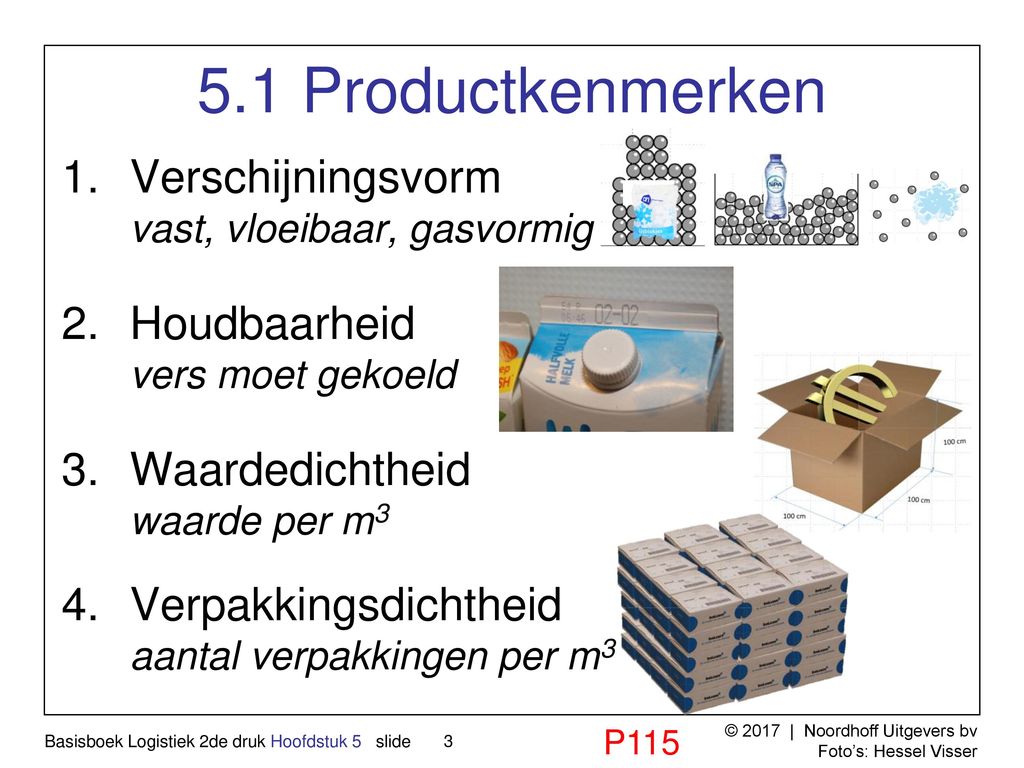In November 2018 I wrote: PostNL Mailing of letters is decreasing, but the shipment of parcels in increasing.
Imagine how much money a PostNL truck full of envelopes is making in stamp income (@ around EUR 1 per letter) versus how much revenue a similar truck makes moving large packages (@ around EUR 7 per package).
"Value density" in Dutch is waardedichtheid. In this case PostNL (stamp) revenue per m3 moved.

It seems to me moving letters is more profitable (especially if you have a monopoly).
Benjamin Graham Defensive Analysis
SECTOR: [PASS] PostNL is neither a technology nor financial Company, and therefore this methodology is applicable.
SALES: [PASS] The investor must select companies of "adequate size". This includes companies with annual sales greater than €260 million. PostNL's sales of €2 841 million, based on 2019 sales, pass this test, but have declined.
CURRENT RATIO: [FAIL] The current ratio must be greater than or equal to 2. Companies that meet this criterion are typically financially secure and defensive. PostNL's current ratio €1 012m/€951 of 1.1 fails the test.
LONG-TERM DEBT IN RELATION TO NET CURRENT ASSETS: [FAIL] For industrial companies, long-term debt must not exceed net current assets (current assets minus current liabilities). Companies that do not meet this criterion lack the financial stability that this methodology likes to see. The long-term debt for PostNL is €1 205 million, while the net current assets are €61 million. PostNL fails this test.
LONG-TERM EPS GROWTH: [FAIL] Companies must increase their EPS by at least 30% over a ten-year period and EPS must not have been negative for any year within the last 5 years. EPS for PostNL were negative within the last 5 years and Earnings per Share have decreased over the last 10 years, therefore the company fails this criterion.
EARNINGS YIELD: [FAIL] The Earnings/Price (inverse P/E) %, based on the lesser of the current Earnings Yield or the Yield using average earnings over the last 3 fiscal years, must be "acceptable", which this methodology states is greater than 6,5%. Stocks with higher earnings yields are more defensive by nature. PostNL's E/P of 5% (using last year earnings) fails this test.
Dividend: 0,08/1,7 = 5% ? The aim was "for a progressive dividend." this doesn't seem to have worked. The dividend was cut. https://www.deaandeelhouder.nl/nieuws/2020/06/02/beursblik-dividenduitkering-postnl-komt-dichterbij/

No comments:
Post a Comment
Thanks for reaction. Bedankt voor je reactie.